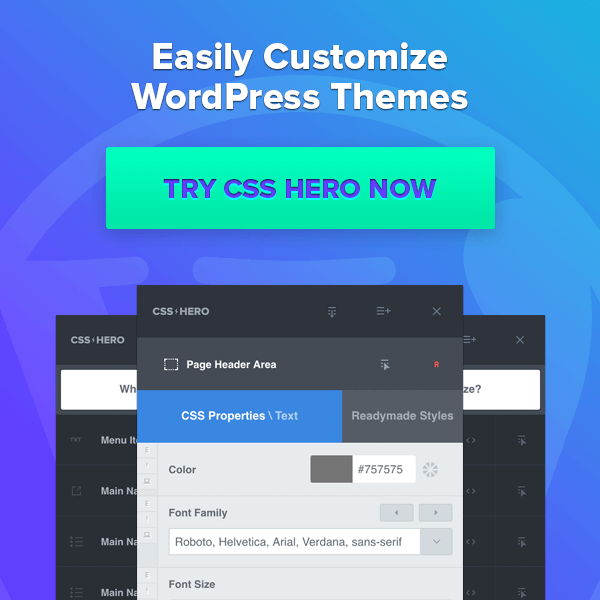Paid Search Marketing
What is it?
Under the umbrella of paid search marketing (PPC advertising) lies a few common marketing tactics that use company funds to advertise their products or services.
The main category for paid search marketing is: Search Engine Marketing (SEM)
SEM is paid ads by your company that enable the designated search methods of a user to be exposed with your company’s advertisement within a certain search engine. Under SEM are a variety of approaches that a company may use with paid-for search activities.
- Paid Search Ads – are what appear at the top and bottom of your search engine results page. They will look like normal results listed that are comprised of organic results, with a label distinguishing them as an ad.
- Pay-Per-Click (PPC) – these ads will cost your company a fee each time the ad is clicked on by internet users. These have evolved over time as they are primarily used to just be housed on search engines’ result pages and would be confused with paid search ads. Now, PPC ads can be shown as:
- Text ads – which are ads of only written copy provided by the advertiser. They have format and character limits and are usually displayed within the search engine.
- Display Ads – can be displayed as a static image or motion graphic that is placed on PPC websites across the internet. Size and content requirements are given to create your visual.
- Shopping Ads – these are usually displayed after a user inputs a search within a search engine or shopping platform. These ads, again, will have certain size and content requirements that must be complied with by the advertiser.
Google Ads, Bing, and Yahoo all offer text, display, and shopping ads for your company to utilize in promotion of your products or services. However, there are many other options in platforms where your ads can be placed on. Careful research is required.
Benefits of Paid Search Marketing
With the use of SEM, your company can see results very quickly. Some of the major benefits of paid search marketing are:
- Budget Friendly – SEM ads are great for your company’s budget and can be adjusted according to target and number of platforms utilized
- Measurability – the data that is provided will help your company analyze what is effective and how to adjust your ads in the future. Number of clicks, the cost per click, and conversion rate will all be provided.
- Fast Results – SEM ads are a great and fast tool to use to drive online traffic to your website, resulting in higher sales.
- Targeting – through effective data segmentation, your company can target specific audiences to boost results and experiment with what ads are successful.
- Adjustments – through the instant results you can adjust targeting easily to help identify the best audience for ad(s).
- Local – small businesses can use paid ads to help boost traffic (in-store and online) and sales to help compete against the ‘big-box’ stores (online & brick-and-mortar) by targeting an audience that is in close proximity through geomarketing.
- Lead Generation – through targeting through certain demographics, you will acquire great new leads that will help drive online traffic and interests in your company.
- Brand Awareness – making your ads widely available on different platforms will increase brand awareness through all of the targeted segments.
Drawbacks of SEM
Overall, there are more benefits to utilizing SEM than cons. However, being aware of the few challenges with paid ads is helpful when creating your company’s digital marketing strategy.
- Cost – as much as this is a great benefit to SEM, be careful of the platforms that will charge you over $100 per click! This is not a common occurrence, but needs to be reviewed.
- Unproductive Money Spent – be sure to research the platform that you are placing ads on and how they communicate results. Also, start testing with small ads and budgets before committing to large ads or a long shelf life that will drive up costs.
- Saturation – you see in your everyday how much is placed in front of you. By researching the platforms you will be able to evaluate which one is best suited for your company to guide your strategy.
Building Your SEM Strategy
Your company has decided to move forward to start experimenting with paid ads. Now, how do you build your strategy? Here are some items to consider:
- What are your objectives and goals through the use of SEM and PPC ads?
- What is the desired action you would like your audience to complete?
- Sign-Up for a newsletter, Learn More about a new product, Shop Now on the great sale
- What platforms work best for your company?
- Compare offerings between platforms to help guide the decisions
- What is your budget based upon the chosen platform(s) pricing?
- Determine your target audience
- Is a specific list from current consumers, or certain demographics and characteristics of the general audience?
- Confirm timeline of how long the ad should run
- Will help influence budget and platform
- Work with marketing and creative teams to develop messaging and design
Paid search marketing can be an extremely useful tool for your company, ranging from small-large. Consulting with Colleen Eakins Design, we can help assist in your strategy and creative to increase your ROI.





